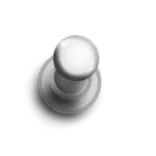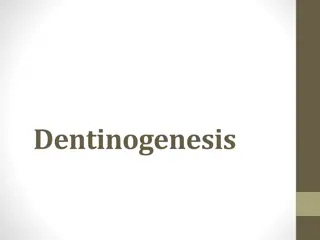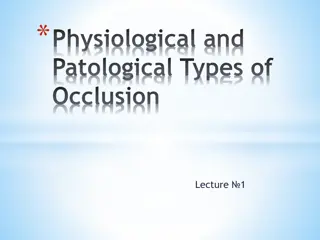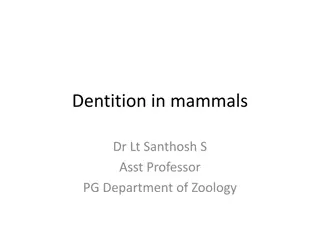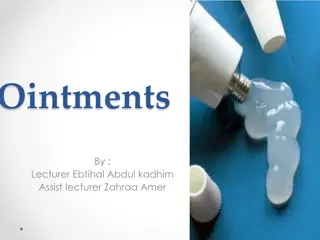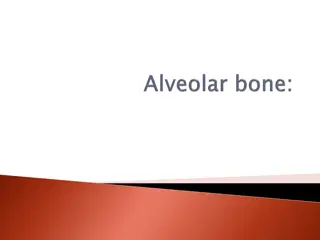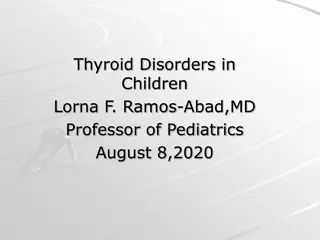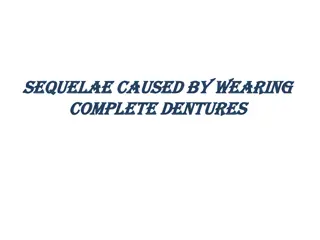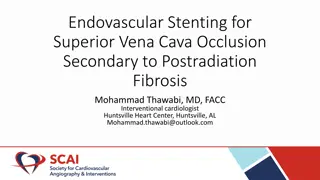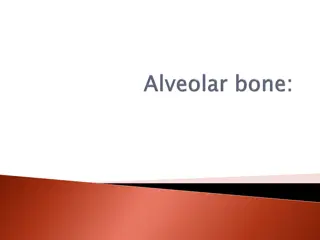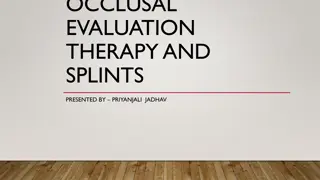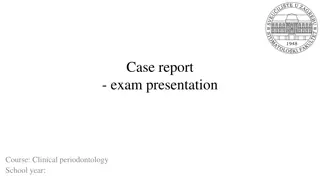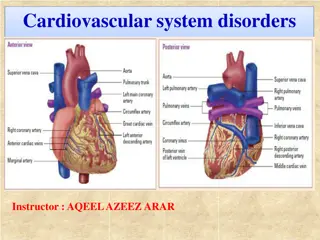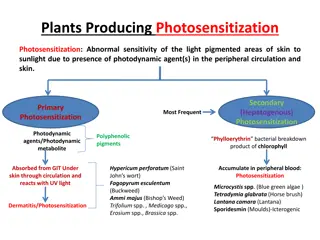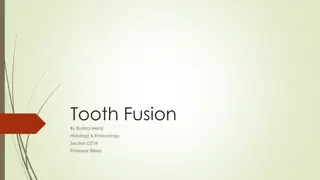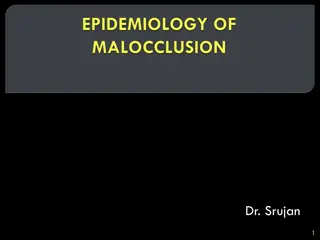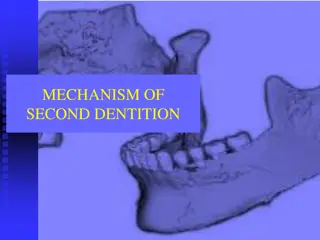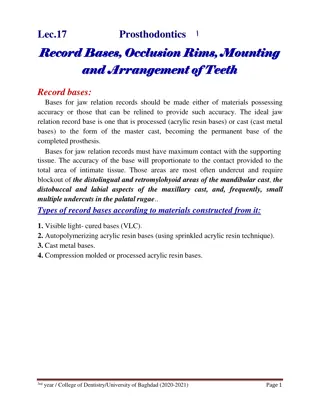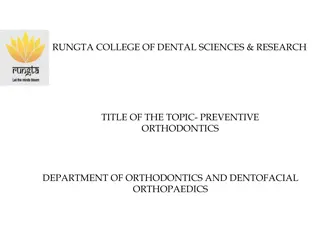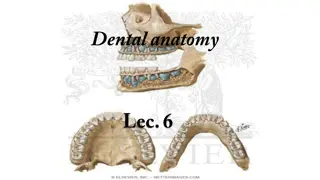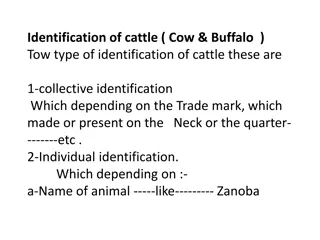Understanding the Development of Dentition and Occlusion
Explore the fascinating journey of tooth development from the oral octoderm to the various stages of dentition, including the bud, cap, and bell stages. Learn about root development and the formation of the Hertwig's epithelial root sheath. Discover key features of the pre-dentate period and the deciduous dentition period, including the eruption of natal and neo-natal teeth. Delve into the stages of development and the importance of occlusion throughout the different growth periods.
Download Presentation

Please find below an Image/Link to download the presentation.
The content on the website is provided AS IS for your information and personal use only. It may not be sold, licensed, or shared on other websites without obtaining consent from the author. Download presentation by click this link. If you encounter any issues during the download, it is possible that the publisher has removed the file from their server.
E N D
Presentation Transcript
Development of dentition & occlusion
TOOTH DEVELOPMENT O Oral octoderm 6thweek Dental lamina - proliferations knobs future enamel organs. O All teeth originate from the dental lamina.
Direct proliferation of dental lamina results in the formation of teeth
O1. bud stage O2. cap stage O3. bell stage
Root development O Begins after the dentin and enamel formation reach the future cemento enamel junction O The outer and the inner enamel epithelium join to form the Hertwig s epithelial root sheath.
Development of occlusion
STAGES OF DEVELOPMENT. THE PRE DENTATE PERIOD birth to 2 yrs THE DECIDUOUS DENTITION PERIOD - 2 -6 yrs THE MIXED DENTITION PERIOD 6 12 yrs THE PERMANENT DENTITION PERIOD - above 12 yrs
Features at this stage O Open bite common in gum pad stage O Contact seen only in molar region O During first year of life the gum pads grow rapidly permitting the incisors to erupt in good alignment. O Lower central incisor is the first tooth to erupt at 6 - 7 months of age O Eruption is completed by 2 1/2 - 3 yrs O The teeth that are present at the time of birth are called natal teeth. O The teeth that erupt during the first month of age are called neo natal teeth.
The deciduous dentition period O The initiation of primary tooth buds occurs during the first six weeks of intra uterine life O The primary teeth begin to erupt at the age of six months.
Eruption sequence of primary dentition
Spacing in the primary dentition Physiologic spaces Primate spaces
Flush terminal plane O Normal feature of deciduous dentition. O The mesio distal relation between the distal surfaces of the upper and the lower second deciduous molar is called TERMINAL PLANE
Overjet and overbite O Overbite in primary dentition 10 40% O Open bites common in this group due to oral habits O Overjet in primary dentition 0 4 mm O Increased overjet primarily due to habits.
The mixed dentition period O 3 phases: 1. FIRST TRANSITIONAL PERIOD 2. INTER TRANSITIONAL PERIOD 3. SECOND TRANSITIONAL PERIOD
First transitional period : o Emergence of the first permanent molar and the exchange of the deciduous incisor. o The first permanent molar guided by the distal surface of the second deciduous molar
O The mesio distal relation ship of distal surface of second deciduous molar is classified into three types 1. FLUSH TERMINAL PLANE 2. MESIAL STEP TERMINAL PLANE 3. DISTAL STEP TERMINAL PLANE FLUSH TERMINAL PLANE to class I molar 1. Early mesial shift 2. Late mesial shift
EARLY MESIAL SHIFT O The eruptive force of the first permanent molar is sufficient to push the deciduous first and second molars forward in the arch to close the primate space and there by establish a class I molar relation ship O This occurs in mixed dentition period and it is called early mesial shift
LATE MESIAL SHIFT: O Many children lack the primate space and thus the erupting permanent molars are unable to move forward to establish class I relationship O In this case when the deciduous second molar exfoliate the permanent first molars drift mesially utilizing the leeway space and this is called late mesial shift .
Mesial step terminal plane: O In this type of relation ship the distal surface of the lower second deciduous molar is more mesial to than that of the upper
Distal step terminal plane: O This is characterised by the distal surface of the lower second deciduous molar being more distal to that of the upper O Thus the erupting permanent molars will be in Angles class II occlusion
Causes of change in molar relationship O 1. Leeway space O 2. Mandibular growth
EXCHANGE OF INCISORS: O During the first transitional period the deciduous incisors are replaced by the permanent incisors. O The permanent incisors are considerably larger than the deciduous incisors they replace. O The difference between the amount of space needed is called INCISAL LIABILITY.
The incisal liability is over come by the following factors: A. Utilization of inter dental spaces B. Increase in inter canine width C. Change in incisor inclination
Inter transitional period: O In this period,the maxillary and the mandibular arches consists of set of deciduous and permanent teeth. O Between the permanent incisors and the first permanent molars are the deciduous molars and canines. O This phase during the mixed dentition period is relatively stable and no change occurs.
Second transitional period: O It is characterized by the replacement of the deciduous molars and canines by the premolars and permanent cuspids. LEWWAY SPACE: O The combined mesiodistal width of the permanent canines and premolars is usually less than that of the deciduous canines and molars. This excess space is called Leeway space of Nance. O It is about 1.8mm in the maxillary arch and 3.4mm in the mandibular arch .
Ugly duckling stage : O Transient or self correcting malocclusion. O 8-9yrs of age . O seen during the eruption of the permanent canines O Developing permanent canines displace the roots of the lateral incisors mesially. O This results in transmitting of the force on the roots of the central incisors which also gets displaced mesially O A resultant distal divergence of the crowns of the two central incisors causes a midline spacing
O This situation has been described by Broadbent as the ugly duckling stage.
The permanent dentition period O The permanent dentition forms with in the jaws soon after birth, except for the cusps of the first permanent molars which forms before birth. O The permanent incisors develop lingual or palatal to the deciduous incisors and move labially as they erupt. O The premolars develop below the diverging roots of the deciduous molars

 undefined
undefined


